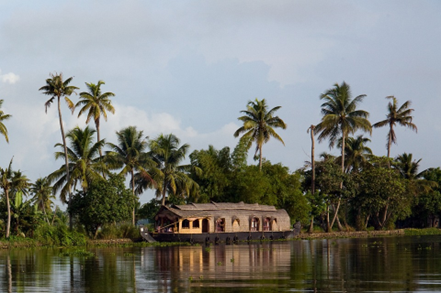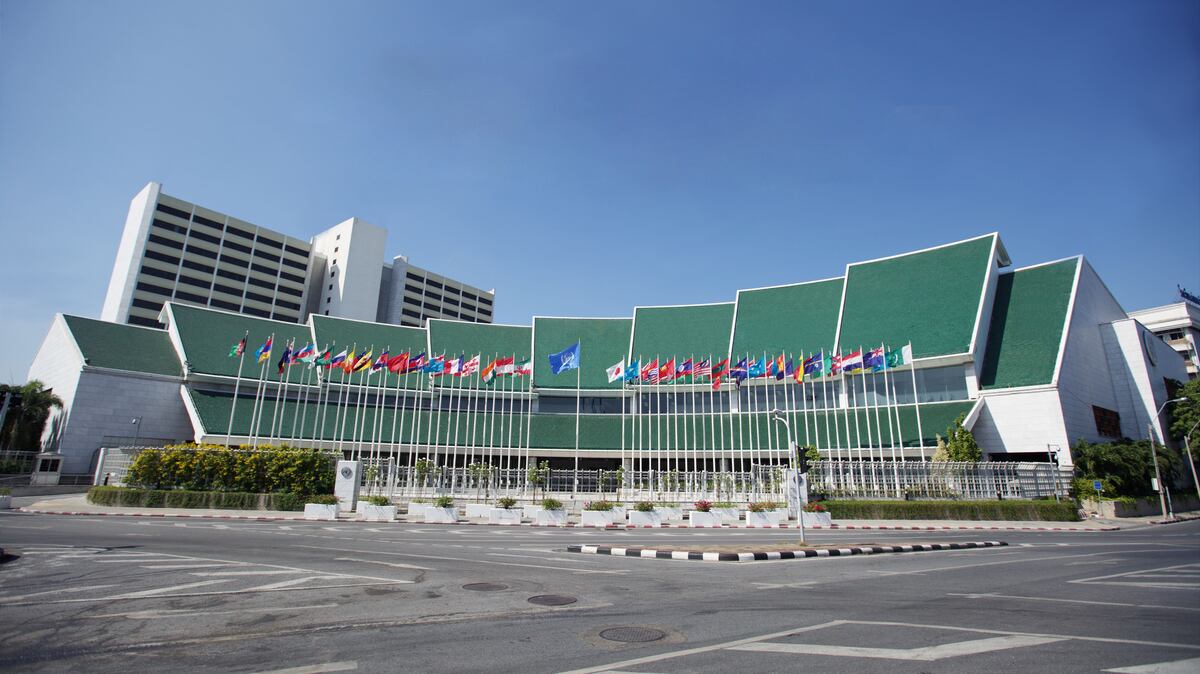
Issue
Construction of conventional check dams for water storage on the streams is a barrier to fish migration from downstream to upstream for spawning
Solution
Creating fish passages on the dams to facilitate fish movement is an alternative that restores fish migration
Fish in the Ecosystem
The physical and biological characteristics of an aquatic habitat support the sustainable management of native and migratory fish populations. The underwater habitat characteristics play an important role in the lifecycle (growth, sexual maturation, reproduction and production of juveniles) of migratory fish. To protect and balance the ecosystem, the species must move from one location to another, which maintains the ecosystem's health. Fish migration plays a crucial role in enhancing livelihood opportunities of the fishing community. It supports the nutritional security of local stakeholders along the stream (up and down). However, while check dams conserve water and recharge groundwater for agriculture, the construction of small or large check dams become a barrier to the fish migration from downstream to their upstream spawning sites. The barrier alters the fish population, as well as the food chain of the particular stream - downstream and upstream or both.
Fish Ladder/ Fish Passage
With this background, fish ladders/ passages were constructed as a nature-based solution (NbS) on three check dams (two located in villages on the hills of the Western Ghats in the Akole block, and one in a rain shadow village of Sangamner block, both blocks in Ahmednagar district, Maharashtra) during 2012 and 2014 as part of a watershed development project. Interventions included sustainable land management measures across the watershed such as contour trenches, farm bunds and reforestation for soil and water conservation, as well as drainage line structures such as ‘nala bunds’, gabions and check dams to slow water flow and/or store it in situ. Regular check dams prevent the normal upstream migration of fish to their spawning sites.
The fish ladder is an NbS intervention. It creates a path for upstream migration of fish, which helps to maintain its population. This protects the local biodiversity, as well as maintaining the balance of the local ecosystem in the food chain. In addition to biodiversity conservation, construction of fish ladders also supports the livelihoods of the fishing community and ensures the food and nutrition security of the local community.


Designs of fish ladder/fish passages for making the ecosystem more natural
In this NbS intervention, it is observed that fish ladder/fish passage structures play an important role in the migration of fish to their spawning locations. In hindsight it is learnt that fish ladders/ fish passages which mimic nature, such as using small boulders and stones on the outer surface of the design will accommodate fish migration smoothly and be aesthetically more natural. Furthermore, the topography, landscape and fish diversity of the stream are important considerations in the design of the structures.
Community engagement for the fish ladder management
This was Watershed Organisation Trust’s first attempt at constructing fish ladders. While the community was initially involved, after project completion the constructions were not maintained by the local stakeholders due to lack of knowledge and follow-up, leading to poor project management. To address this, the community should be actively engaged from the onset; good management practises should be included in project design, and for post project maintenance, so that the community can access its benefits for a long time.
Creating awareness of the fishing activity and role of fish ladders among the local stakeholders
Building capacity for ecosystem management and ensuring that people realise its importance in daily life is essential. In the preliminary assessment (7 years post construction) it was observed that local people use various techniques for fishing, such as electrification and use of plant extracts, thus catching as many fish as they can from the streams and nearby rivers, leading to fish depletion. The mortality rate of juvenile fish is high due to the use of these popular, but improper fishing techniques. In this regard, the local stakeholders need to be given capacity training on the management of fish species and population in the streams of their villages, and sustainable fishing methods. In addition, the regular maintenance of the fish ladders is important. Local stakeholders primarily need to know about the role of fish in food for their nutritional security, besides income, and the relevance of fish ladders as a NbS is crucial to maintain this ecosystem service.
Frequent assessment
In addition to design and maintain community awareness, guiding the community for regular monitoring is important to ensure maintenance of the structure. Its ecological and economic significance also needs to be assessed with the community. This process will enable the modification of the design and the replication of fish ladders as a NbS in different landscapes.
Acknowledgement:
The content of this case study was prepared by Y.D. Imran Khan and Marcella D’Souza Watershed Organisation Trust (WOTR), India
Location




